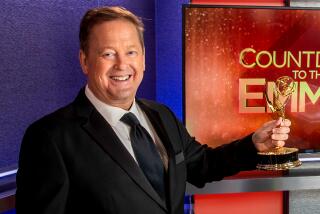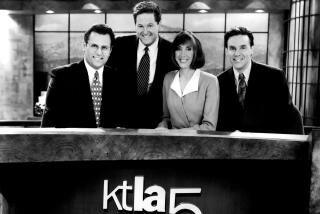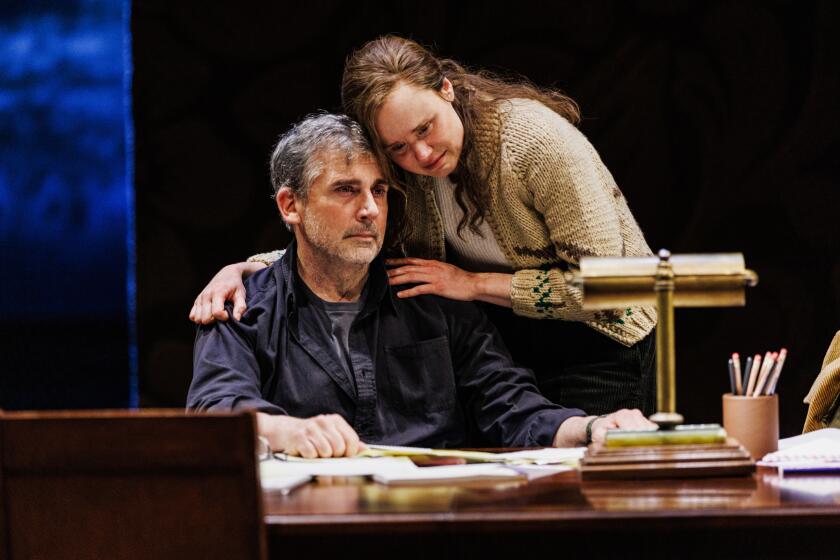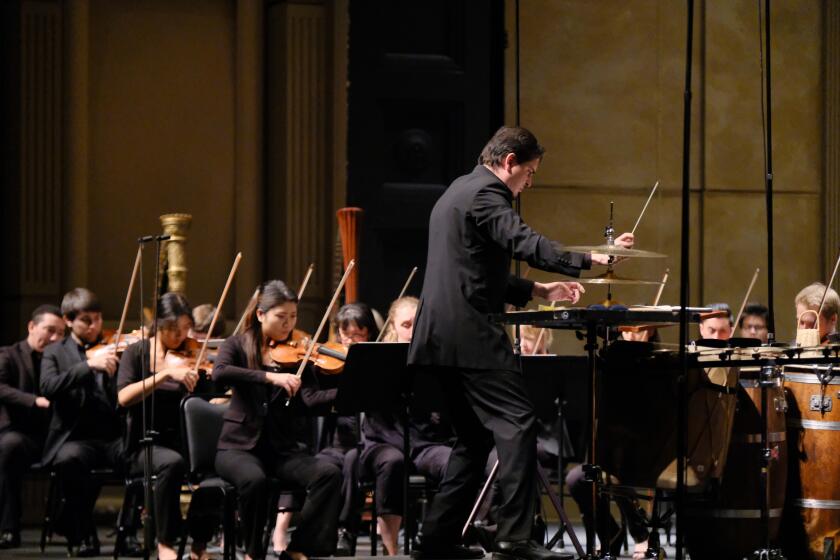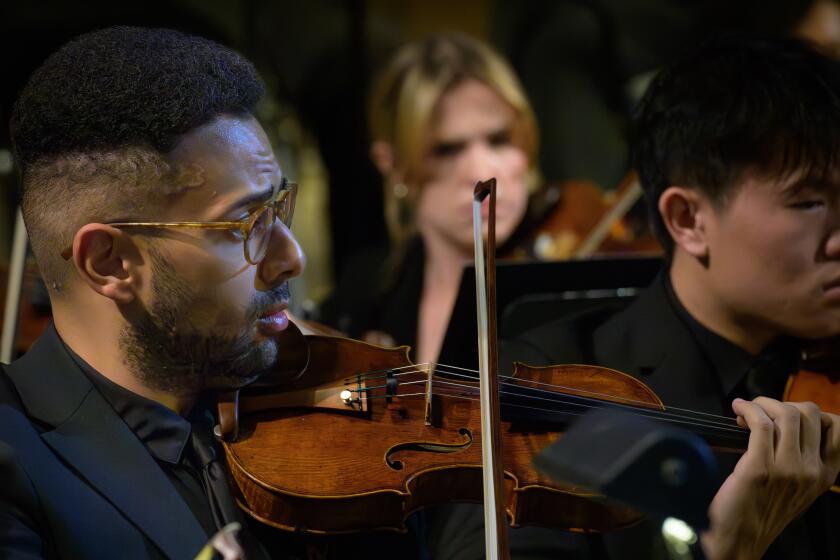Lloyd Holzgraf, 70; L.A. Church Organist
Lloyd Holzgraf, a professional church and concert organist for 59 years and a principal designer and restorer of the mammoth surround-sound instrument at Los Angeles’ First Congregational Church, one of the largest organs in the world, has died. He was 70.
Holzgraf, the resident organist for that church for 38 years and for Temple Israel in Long Beach for 44 years, died early last Sunday in his Montecito Heights home. Malcolm Bosma, his partner of 33 years, said Holzgraf had suffered a series of strokes and died of a heart attack.
The organist performed on cathedral pipe organs throughout Europe, gave frequent recitals across the United States for the American Guild of Organists and once served as official organist of the California-Arizona Conference of the Methodist Church.
During much of his tenure at the landmark First Congregational Church at Commonwealth Avenue and 6th Street, Holzgraf helped design, restore, expand and experiment with the assembly now known as the Great Organs of First Church, the largest pipe instrument in a religious institution and one of the largest anywhere.
By the time he finished, the five-organ, double-console assembly encompassed 16,901 pipes and provided a vast array of sounds, from delicate flutes to thundering bass drums and whole tonal orchestras.
Holzgraf put the ever-changing marvel through its paces regularly. In addition to playing for worship services, he performed at the annual Los Angeles Bach Festival, created by the church in 1934, at an annual concert series staged there and at occasional recitals. He regularly demonstrated the organ for hundreds of groups of schoolchildren.
He also established free twice-weekly, half-hour noontime concerts and performed, Bosma estimated, more than 2,300 of them.
Reviewing one recital in 1970, a Times critic said Holzgraf handled the First Congregational organ “with ease and admirable mastery, and in a generally interesting manner . . . testimony of [his] substantial technical and musical attributes.”
Born in Santa Ana, Holzgraf began playing his church’s organ at age 11. He studied with Ralph Travis and with his mentor, Clarence Mader.
Hired as First Congregational’s organist in 1959, Holzgraf worked with Mader, Herman Schlicker and others over the years, including curator Richard Muench, to expand the original organ, built into the church in 1932.
With a series of fund-raisers, they bought new equipment and incorporated gifts, including Muench’s personal collection of pipes after his death, and 25 ranks of pipes from Highland Park Faith United Presbyterian Church.
“Sometimes, we really don’t know where certain pipes would be best until we try them in the church,” he once told The Times, explaining the need to experiment and rearrange.
In 1984, in observance of Holzgraf’s 25th anniversary at First Congregational, church trustees added the Holzgraf Royal Trumpets to the collection.
“They’re very loud,” he said to a Times writer in 1995 as he played the horn sounds through chords booming as if to threaten the stained-glass windows. “I don’t know if they were trying to tell me something.”
Proud of the final Great Organs instrument, dedicated that year, Holzgraf said, “When you throw everything on and are playing, there’s not a sound like it around here. Of course, I’m prejudiced about this instrument. . . . But this is particularly novel in that we have such large instruments in the back, the front, and then we have sounds in the sides.”
Holzgraf and his colleagues steadily added state-of-the-art technology, along with more pipes. Before his retirement in 1997, he was able to control multiple changes of stops with a single flick of the wrist. He also could record what he was playing, so that a playback--issuing orders much like a computer--prompts identical but newly produced sound in the pipes even though nobody is touching the keys or stops.
Known for Ability to Improvise
That recording ability, Bosma said, will give Holzgraf the unique post-mortem ability to play at his own memorial service. Bosma, himself a church and concert organist, said Holzgraf was especially known for his ability to improvise, and that the program will include many of his unique interpretations of such pieces as “Danny Boy.”
In addition to Bosma, Holzgraf is survived by a sister, Helen Berger of Santa Ana.
A public memorial service is scheduled for 2 p.m. Saturday at First Congregational Church.
Memorial donations can be sent to the Wilshire Music Academy at Wilshire Presbyterian Church in Los Angeles.
More to Read
The biggest entertainment stories
Get our big stories about Hollywood, film, television, music, arts, culture and more right in your inbox as soon as they publish.
You may occasionally receive promotional content from the Los Angeles Times.
